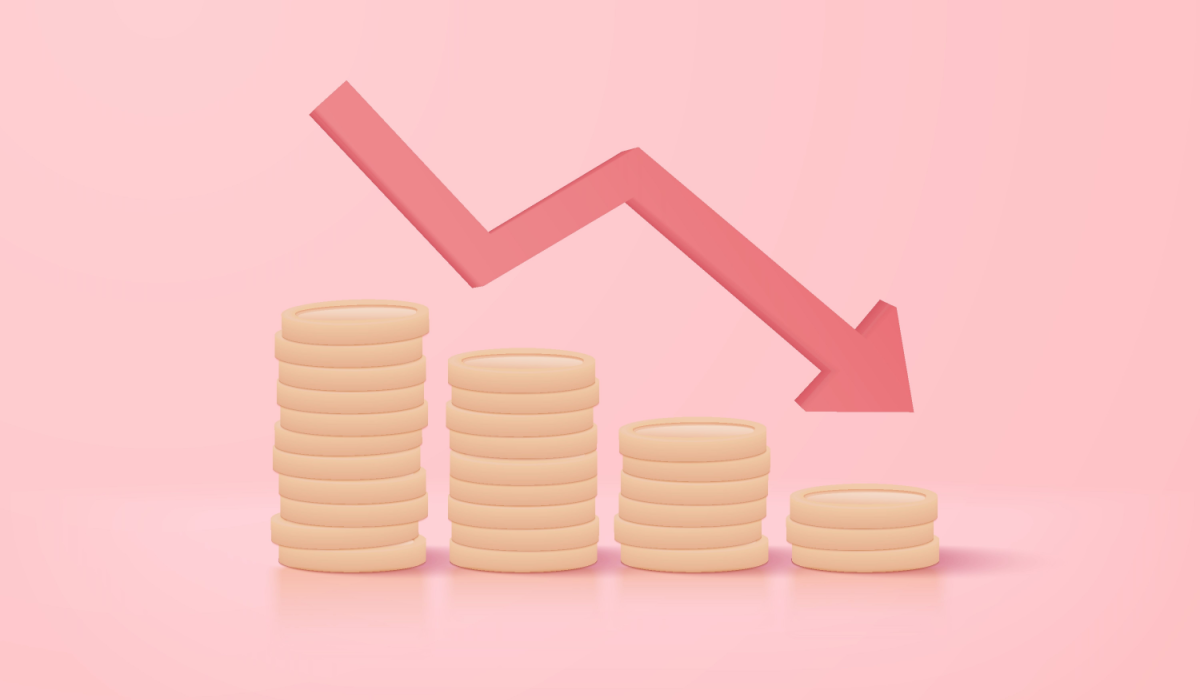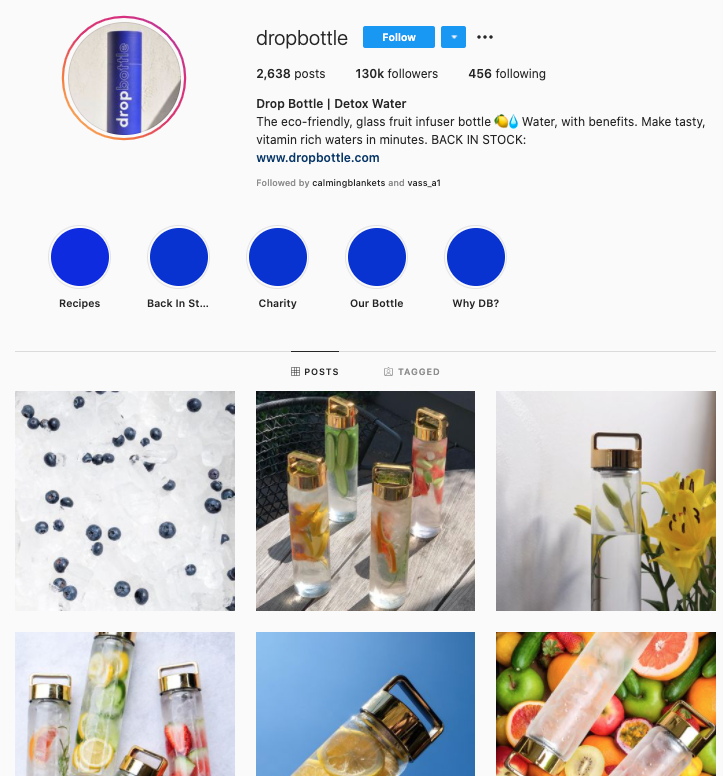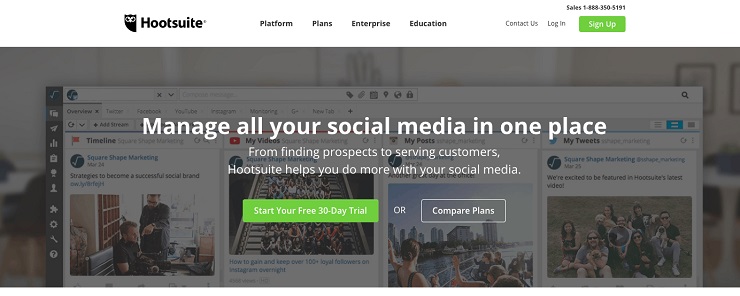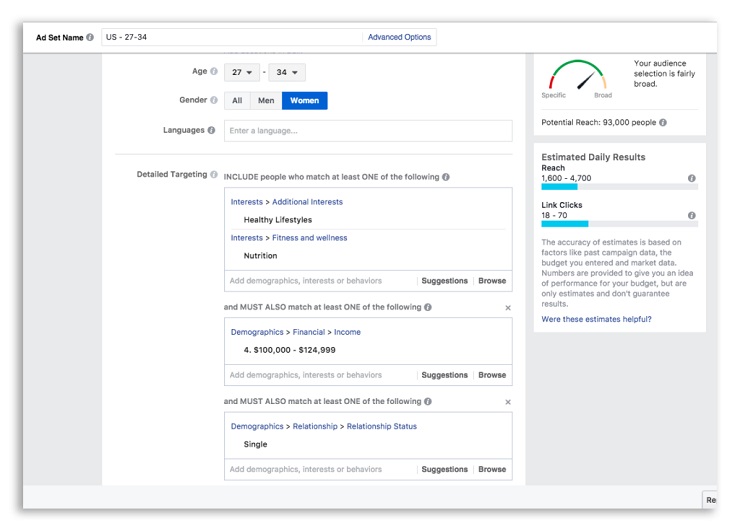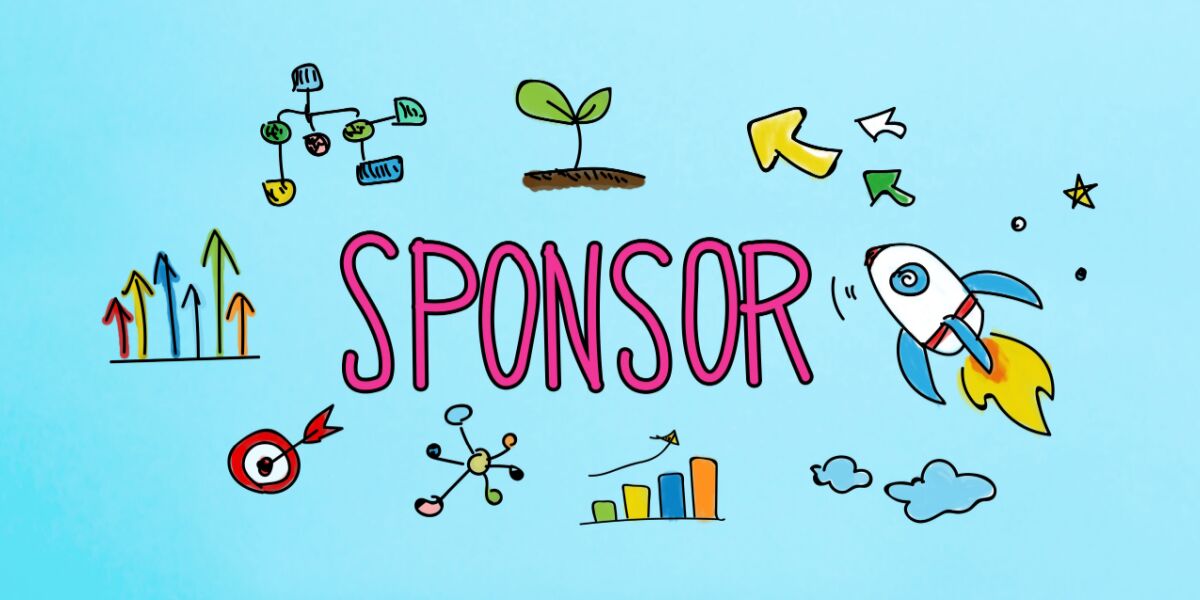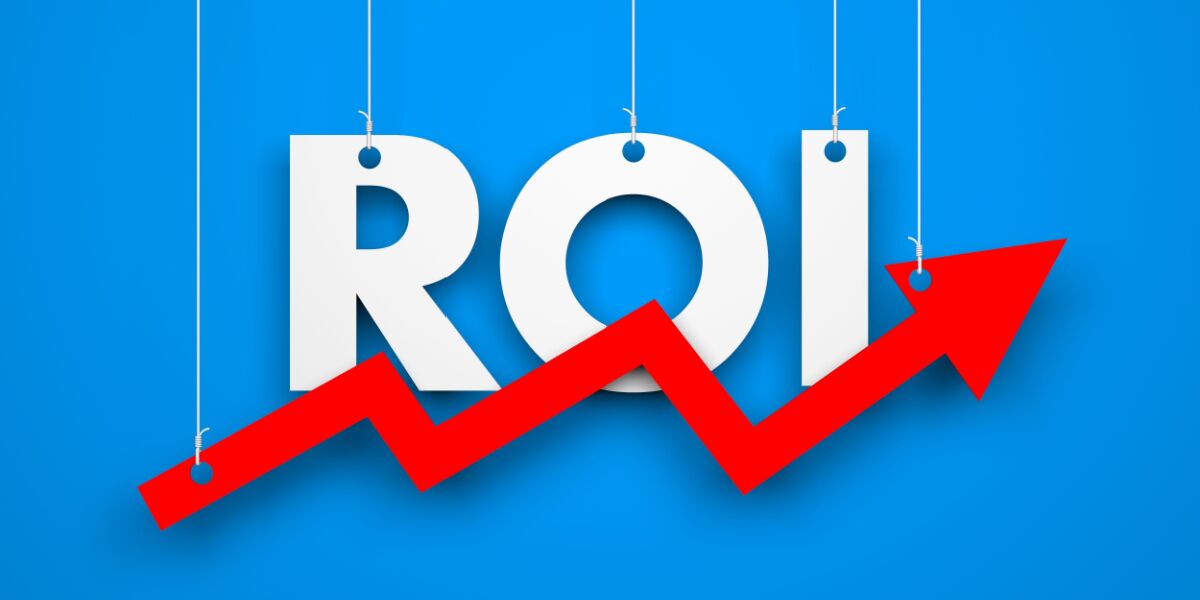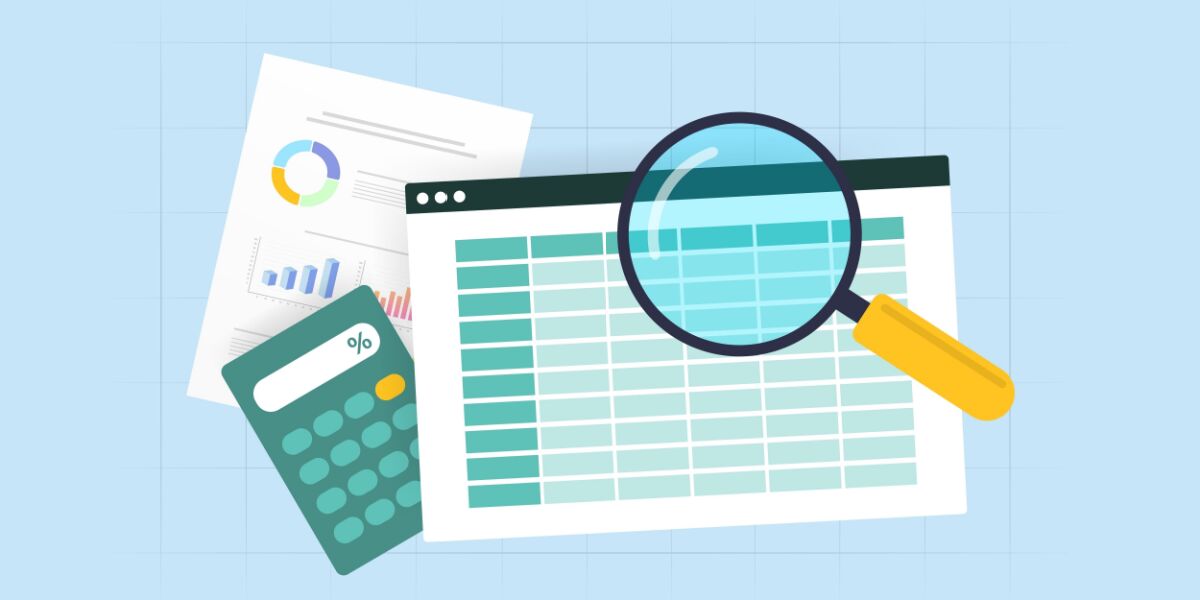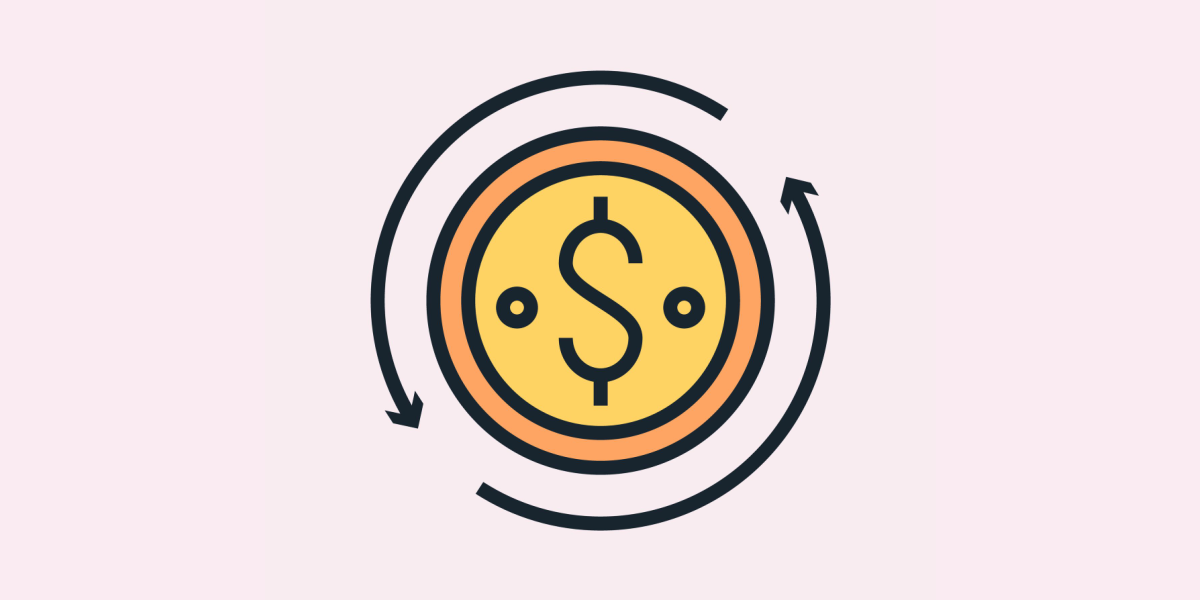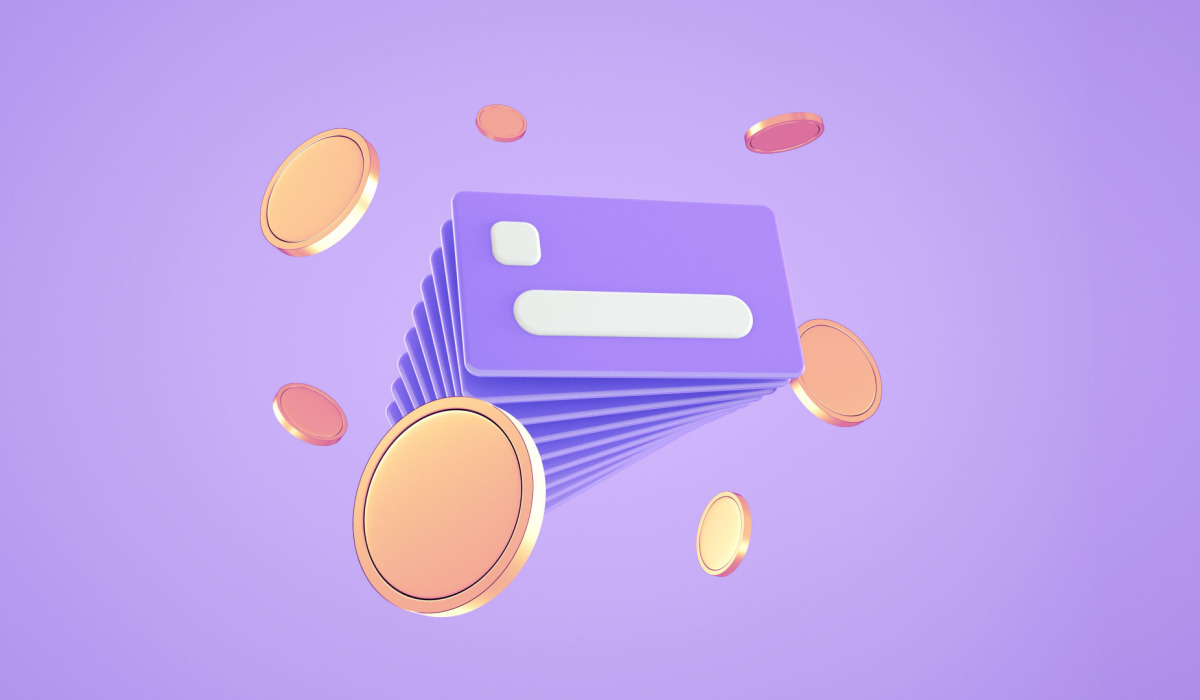It’s not all about the money, really.
Entrepreneurs are driven by ideas they believe in so strongly that they often give up steady jobs, hours of sleep, and any sense of security. And yet, most of us are striving for some financial reward (or at least stability), inspired by billionaire heroes like Richard Branson, Mark Cuban, or Oprah Winfrey.
But what happens when instead of making it rain you’re barely making it by? What happens when every day is a struggle to make sales and the thought of looking at your financial reports makes you want to cringe?
A common complaint from entrepreneurs is that they don’t feel like their businesses are making enough money. In fact, it seems no one ever feels like they’re making enough money, even if, statistically, they are making a lot. This happened in my own life when I overshot my goal and quadrupled my business revenue, yet still felt like I was floundering.
What’s at the root of this? It could be many different things. Take a close look at the following five common sources of your entrepreneur’s financial problems, and then let’s get started on fixing them.
Why Your Business Is Not Making Enough Money
3. Not Attracting the Right Kind of Customers
5. Relationship with Money is Flawed
Reason #1: Your Pricing Strategy is Wrong
Solution: Reverse engineer your prices.
How did you come up with the prices you charge for your product or service? Many entrepreneurs make the mistake of basing prices solely on what others are charging or on what they “feel” is fair. This is a flawed approach because your pricing needs to take into consideration what it takes to make your business profitable.
To do this, you need to know what your business expenses are, what your tax liability is, any debt your business owes, and how much you as a founder want to take home as your salary.
This requires a little bit of maths, but don’t let that put you off! The reason your pricing is wrong is from bad maths!
You can use this very basic formula to get an idea of what your annual revenue goal should be:
(Business Expenses + Desired Salary)/(1-Tax Liability Percentage Expressed as Decimal) = Minimum Gross Revenue
Business expenses are things like software subscriptions, contractor payments, employee payroll, loan interest payments.
The desired salary is how much you want to take out of the business to pay yourself. Although note that it’s common for founders not to pay themselves a salary at all at the start.
Janine Allis, the founder of the Australian juice bar chain Boost Juice, revealed in a Foundr interview that she didn’t take a salary from her business until three years into it.
Tax liability percentage expressed as decimal refers to the percentage of your business revenue that will go to paying taxes. You need to express this as a decimal for the formula to work. So, for example, if you know about 30% of your income goes to taxes, you need to put 0.3 in the formula. Then subtract it from 1. So you’d need to plug in .7 as the divisor in the above formula.
It’s best to speak with your accountant about this because tax liability varies greatly across different businesses.
Need an example of this formula in action? Here’s what it might look like for a sole proprietor who’s a freelance web developer:
($9,000 + $70,000)/.7 = $112,857.14
Based on the above formula, the freelance web developer would need to gross $112,857 per year to be able to pay her business expenses, pay herself a $70,000 salary, and save 30% for income taxes. Now that she knows that number, she can work backward and structure her prices and services in a way that helps her meet her income goal.
Again, that’s just the minimum you need to make to break even in your business and be able to pay yourself your desired salary. But it’s a great jumping-off point in determining how to price your products or services for profitability.
Reason #2: Your Product Isn’t Viable
Solution: Pivot (maybe).
Brace yourself, because this one can be a bit of a harsh reality check.
This might be a two-pronged problem: Either your product isn’t viable because it’s too costly to make (in which case, you’ll need to revisit your pricing strategy), or it’s not viable because no one actually wants to buy it.
If your business is not making a profit no matter how you structure the pricing, and/or you’re able to validate a better business idea, your best option (other than shutting down your current business) is to pivot.
Some of the most famous and successful companies today pivoted from their original business ideas: YouTube, Twitter, and Instagram to name a few. Holly Liu, co-founder of Kabam, pivoted her business three times before selling the gaming company for an estimated $800 million.
If you’ve grown an audience for your product, but you’re finding that your business is not profitable because your audience isn’t buying, then flip it around and create a product for your audience.
Want a real-life example? Gretta van Riel, a founder of a suite of multimillion-dollar companies, did exactly this when she launched Drop Bottle. Van Riel had built up an engaged Instagram following with thousands of people interested in detox waters and then started brainstorming ways she could bring a valuable product to them. The result?
Drop Bottle, a glass water bottle in which you can infuse fresh fruits so you can create your own detox water.
As you can see, if you’ve built up an engaged following, you can reverse your strategy and design a product that’s perfect for them. So if you’ve launched a business selling financial coaching services for stressed-out creative entrepreneurs, but then you found out from your audience that they actually need someone to get their bookkeeping set up and organized, you might consider selling bookkeeping services instead.
Should I close my business or should I pivot? Either choice is a tough one to make and shouldn’t be taken lightly. Some questions to ask yourself:
- Do I have a loyal base of customers?
- Do I have the cash to continue?
- Do I have a solid following, even if they’re not paid, customers?
If the answer to all of those questions is “no,” then you might need to strongly consider shutting down and starting over.
Reason #3: Your Business Isn’t Attracting the Right Kind of Customers/Clients
Solution: Define your ideal customer.
Do you have a great product, but you’re not making many sales? Are you amazing at what you do, but you can’t get prospects to convert to paid clients? Are you getting a lot of difficult clients or dissatisfied customers?
You, my friend, may not be attracting the right people to your business.
If your business is attracting the wrong kind of customers or isn’t attracting any at all, I’m afraid it’s back to the drawing board for you. You need to revisit your customer avatar. Never created one? Well, there’s your problem!
A customer avatar is also known as your buyer persona or ideal customer. I actually don’t like the term “customer avatar,” because it makes it sound like a video game character, when in reality your customer avatar should be a real person.
In fact, if you’re struggling to figure out who your ideal customer is, this is my favorite exercise: Look at current customers or clients who love your product or service. One way to find them is to look at who praises your business on social media. Do a quick search on Twitter of people who mentioned your business handle.
Who sent you emails thanking you for what you do? Search your inbox. These are your ideal customers. Learn more about them. Conduct customer interviews. You’ll learn more about why people choose your business, what makes them happy with your product, and how you can improve your product to better serve them.
All of your marketing communications should flow from your customer avatar. Without one, you’ll try to target everyone, which will lead to you attracting no one.
Top questions to ask yourself right now to determine your ideal customer:
- Who are my product’s “ambassadors”? Who are the customers who rave about my product without prompting?
- How old are they?
- What are their job title and income level?
- What do they worry about?
- What were the latest purchases they made?
- Which brands do they love?
- How does my product or service solve a specific problem they have?
Once you define who your ideal customer is, here are some quick actions you can take to attract them:
A Clear Tagline
Write a clear tagline that appears above the fold on your site so visitors know if they’ve landed in the right place. Not sure how to do that?
Here’s a quick formula your company + helps + customer’s problem and solution.
For example, Hootsuite has used this formula to explain that they help their customers to manage their social media:
Notice how they don’t try to be clever—they aim to be clear. Their above-the-fold web copy instantly states the benefit you get from using their software: “Manage all your social media in one place.” If I’m a social media manager trying to get a grip on handling numerous client accounts, I’ll know I’ve landed in the right place.
Find Your Customer
Go where your ideal customer hangs out.
This includes both virtual and physical places. For example, if your ideal customer is a mid-level manager at a tech company, but you’re spending all your time growing your Instagram account, consider switching your efforts from Instagram to LinkedIn. You want to go where your ideal customer will see you.
Revise your Facebook ad’s target audience. If you’re running Facebook ads, you can get really granular on who to target. Now that you know what kind of customer would need and love your product, you can go to Facebook Ads Manager and target them better.
Reason #4: You Have No Idea How Much You’re Making Because You Aren’t Tracking
Solution: Update your cash flow statement and income statement every Monday.
“What gets measured gets managed,” as the old saying goes. If you have no idea what your business cash flow or income is, then you will never have a good grip on your business’s finances.
Note that cash flow and profit are not the same things: Cash flow shows the cash coming into and flowing out of your business each month, while profit includes revenue earned but not necessarily received that month.
There’s no doubt profitability is important for determining if your business is sustainable in the long-run, but positive cash flow is what keeps it running on a day-to-day basis.
You can have a positive income but a negative cash flow and vice versa. Any service-based creative business owner will understand the importance of this distinction immediately. If I own a design agency and we’ve just landed a $20,000 contract to design a client’s website, I might require a 50% upfront fee to begin work, with the rest being payable upon completion of the project two months later. My cash flow might be negative this month, but my income might be positive; that’s because while I earned $20,000 this month, I only received $10,000 (with the remaining $10,000 not hitting my bank account until two months from now when I invoice my client for the remaining 50%).
Ideally, you should know both your cash flow and your income, because you want to know if you’ll be able to pay the bills and your employees this month (cash flow statement), but you also need to know if your business is sustainable in the long-run (income statement).
Have your accountant create a cash flow statement and an income statement (also known as a Profit & Loss statement) so you can easily pull reports.
Ignoring the problems will not make them go away. You need to face them head on to track your progress. Every Monday, set aside time to update your business cash flow statement and income statement. You need that weekly picture of your business’s finances in order to feel secure about them.
Keep Learning: 16 Financial Concepts Every Entrepreneur Needs to Know
Reason #5: Your Relationship With Money is Flawed
Solution: Reframe the way you think about money.
Let me ask you something: If you had $5 million, would you feel like you’re making enough money?
It’s a common misconception that there’s a certain milestone at which we’ll feel like we’re making enough money and all our fears will vanish.
Often, once you have a lot of money, a whole new set of problems develops, as one study by Boston College revealed.
Researchers surveyed the super-rich (most respondents had assets exceeding $25 million) and found that with that wealth came feelings of isolation and fears about how being rich would affect their children. And get this—most reported that they did not consider themselves to be financially secure.
So, if your pricing is on point, your product is viable, you’re attracting your ideal customers, and your business is profitable and has positive cash flow, but you still feel like your business is not making enough money—then your relationship with money is likely flawed.
Finance gurus call this your “money mindset,” or put simply, the way you think about money. If you constantly fear you’re not making enough or if you constantly worry you’ll lose money, you will never feel like your business is making enough—even if you become a millionaire.
So how do we as business owners lose the fear of losing money? Business expert Marie Forleo uses this simple exercise to calm her financial worries: Every time she spends money on her business, she tells herself, “There’s always more where that came from.” That shifts her focus away from the fear of losing money and toward the fact that she can always make more.
Business Not Making Enough Money
Will a rebrand help my business make more money?
Rebrands are effective if you're shifting your business's purpose or strategy. However, there are more effective ways to right the ship financially.
The economy is why my business isn't making enough money. What should I do?
Ideally, the vision for your business is longer than the whims of economic cycles. That means, on average, you'll face a bull and bear market every decade. The economy is just a factor. You need to be prepared to adapt to macro business forces. Building a war chest for a 6 to 12-month runway for business-as-usual operations is the first step to protecting your business from external influences.
What's the easiest way to make more money for my business?
You will hate this answer, but cutting costs is the quickest way to get your bottom line back to the black. Unfortunately, the downtown office space might not be as valuable as the cash you can save on going completely virtual.
Keep Learning: How to Sell Your Business
If Your Business Isn’t Making Enough Money, You Can Fix It
After all is said and done, I hope you realize that if you feel like your business isn’t making enough money, you’re not alone. Even some multi-millionaires don’t feel rich. The key is to approach this issue from a logical perspective by considering these five common problems that keep businesses operating in the red:
- Your pricing strategy is wrong. If you’re not pricing with profitability in mind, it doesn’t matter how many sales you make—you’ll never make a profit.
- Your product isn’t viable. It’s important to test the market and validate your idea to make sure it’s something enough people will buy.
- You’re attracting the wrong customers. Defining your ideal customer will drive all your marketing going forward. Ultimately, it will lead to increased customer satisfaction, retention, and sales.
- You aren’t tracking your business income and cash flow. To get a grip on your finances, you need to be tracking them.
- Your relationship with money is flawed. If you harbor intense money fears, you’ll never feel like you’re making enough. Gaining understanding and practicing new techniques will help.
And remember, as entrepreneurs, we are risk-takers. We understand that to make money, we have to spend it, and there may always be a lingering concern that we don’t have enough financial padding. To some extent, it’s the price we pay for a life of freedom and purpose. And for me? I say it’s worth it. To learn more business strategies, check out our free training.
